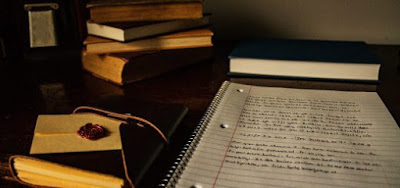If you are a student who likes to write his science paper, then you should know that you can get the best writeups without having to worry about plagiarism. Ever since the internet has become the ultimate source of information, it has become easy to find the required info. However, when you want to create a research paper, you cannot just copy and paste the information available on the internet.
Most of the people don't know if they can benefit from plagiarism checker for their dissertations, essays and science paper. Many students lose their grades because of the paraphrasing and the citation even if their content is free from any errors. It is also sickening for the students if they are blamed for the poorly researched and copied content which directly questions your skills and enthusiasm. There can be serious ramifications of submitting the plagiarized content, and as a student, it can also hamper your future educational goals. Hence it is always advisable to use plagiarism checking tools for your school/college assignments.
Using a plagiarism checker tool for your science paper is ideal as it is easy to use and user-friendly. There is no need to click a lot of buttons to give different inputs to the tools to check the plagiarism for the research paper.
Here are the few benefits of using plagiarism checker for research papers:
- Easy to use – All the plagiarism checker available online are easy to use and user-friendly. They are not confusing at all and doesn't have any unnecessary buttons and features. You can easily copy-paste your content in the tool to get it checked in a single click.
- Security – The plagiarism checker for scientific papers doesn't contain any malicious programs that can steal your content so you can relax as your content is safe.
- Accurate – Most of the plagiarism checkers are reliable and keep the accuracy top-notch. They provide accurate results after comparing various content from the internet and reporting the percentage of the plagiarized content along with the links to the pages where similar content is found.
- Fast – The research plagiarism checkers work very fast and search the internet to provide the results within a few seconds.
- Supports many file formats – Majority of plagiarism checkers support different types of documents like pdf, .rtf, .doc, .docx, .odt etc. You can submit more than one file at a time to check the plagiarism.
- Different checking methods – A plagiarism checking tool gives accurate results as it uses a variety of methods to check online plagiarism. It doesn't use one method to search for similar content; rather, it uses various methods.
Manual checking of the papers for plagiarism is very time consuming and taxing work. In such a case, you should go for a plagiarism checker which is easy to use and affordable. Such tools even tell you the percentage of the plagiarized content in your paper.

